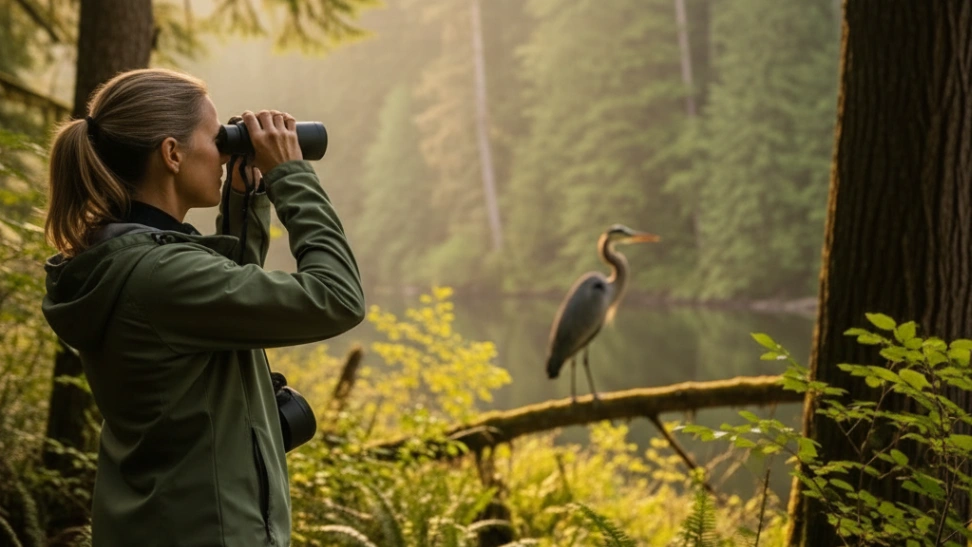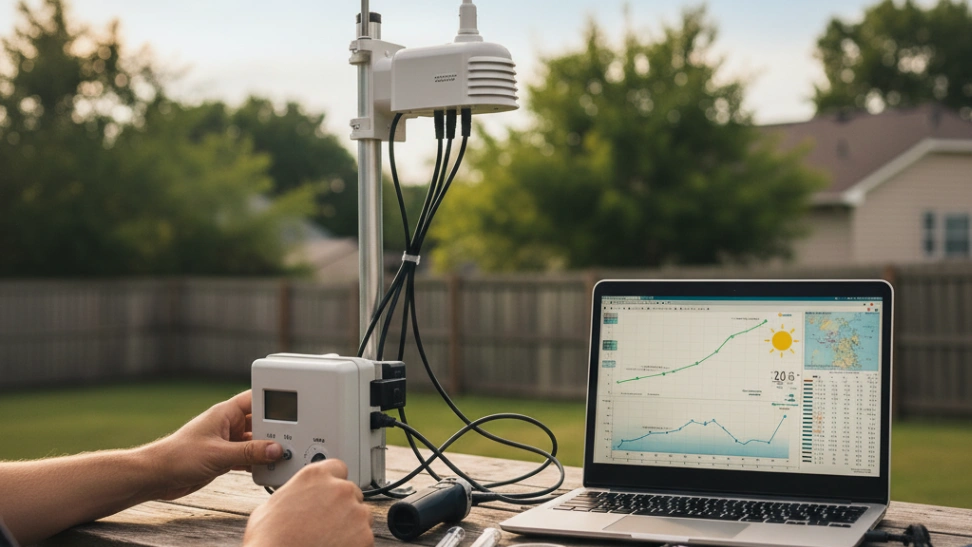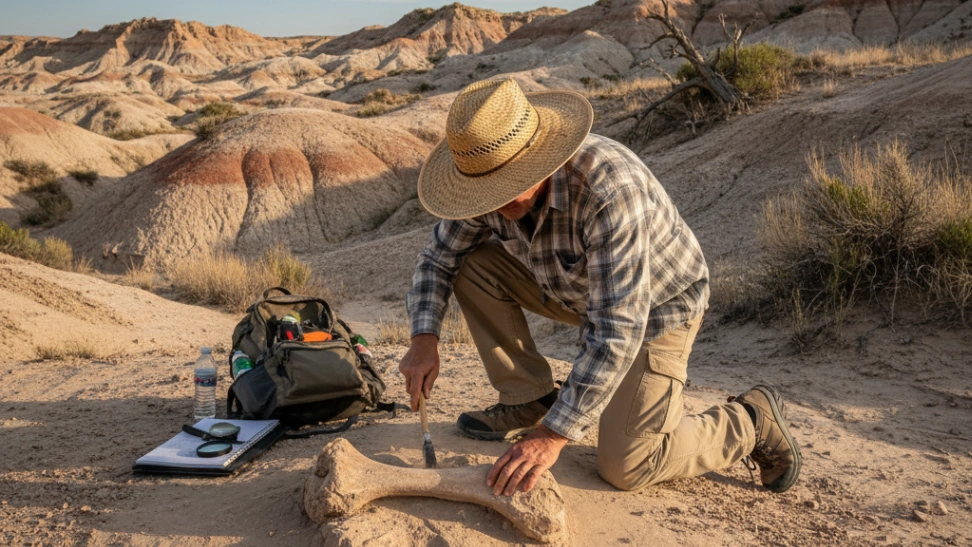The core activity of birdwatching revolves around patiently locating and identifying birds. This often involves quiet walks through natural areas, scanning tree branches, marshes, or open skies for movement. Identification relies on a keen eye for detail, observing distinct features such as plumage color, body shape, bill structure, leg length, and flight patterns. Listening carefully for unique songs and calls is equally crucial, as many species are more easily heard than seen. Birders often carry a field guide specific to their region, which provides illustrations or photographs, descriptions, and range maps to aid in identification. Many also keep a life list or personal journal to record their sightings, noting species, location, date, and any interesting behaviors observed. The thrill of spotting a rare migrant or successfully identifying a particularly challenging species by its song is a significant draw, fueling continuous engagement with the hobby.
Equipment for birdwatching can range from very basic to highly specialized, accommodating various budgets and levels of commitment. At its simplest, all you need are your eyes and ears. However, a good pair of binoculars is universally considered the most important investment for serious birders. Opting for models with specifications like 8x42 or 10x42 offers a good balance of magnification and light-gathering capability, making distant birds appear closer and clearer. A reliable field guide, either in print or as a digital app, is indispensable for identification. Other useful items include a notebook and pencil for jotting down observations, a camera for documenting sightings (though photography can become a hobby in itself), comfortable waterproof footwear, and appropriate clothing for varying weather conditions. Modern technology has also introduced apps like eBird, Merlin Bird ID, and various sound identification tools, which have revolutionized how birders learn and share their observations, making the hobby more accessible and interactive than ever before.
The origins of birdwatching as a popular pastime can be traced back to the late 19th and early 20th centuries, though human interest in birds for food, sport, or symbolic purposes has existed for millennia. Early ornithologists and naturalists, like John James Audubon in the 19th century, meticulously documented bird species, contributing significantly to scientific understanding. However, the popularization of birdwatching as a recreational and conservation-focused hobby began to take root with the rise of conservation movements. The invention and widespread availability of affordable binoculars, coupled with a growing awareness of environmental protection, helped propel birding into the mainstream. Organizations like the National Audubon Society, founded in 1905, played a pivotal role in advocating for bird protection and educating the public. Early birders often combined scientific curiosity with a desire for outdoor recreation, and this dual appeal has remained a cornerstone of the hobby’s enduring popularity. What started as an academic pursuit transformed into a widespread activity, with millions engaging in it globally.
Beyond the immediate pleasure of observation, birdwatching offers a multitude of benefits. It encourages regular outdoor activity, promoting physical health through walking and hiking, and mental well-being through quiet contemplation and a connection with nature. The detailed observation required sharpens focus, patience, and analytical skills. Birders often develop a deeper understanding of local ecosystems and the broader challenges of wildlife conservation. The hobby also fosters a strong sense of community; local birding clubs organize field trips, workshops, and citizen science projects, providing opportunities for shared learning and social interaction. Many birders contribute to scientific research by submitting their sightings to platforms like eBird, which helps track bird populations and migration patterns, making birdwatching a powerful tool for environmental monitoring and conservation efforts. It is a hobby that offers continuous learning, unexpected encounters, and a profound appreciation for the natural world, cementing its place as a truly enriching and timeless pursuit.



